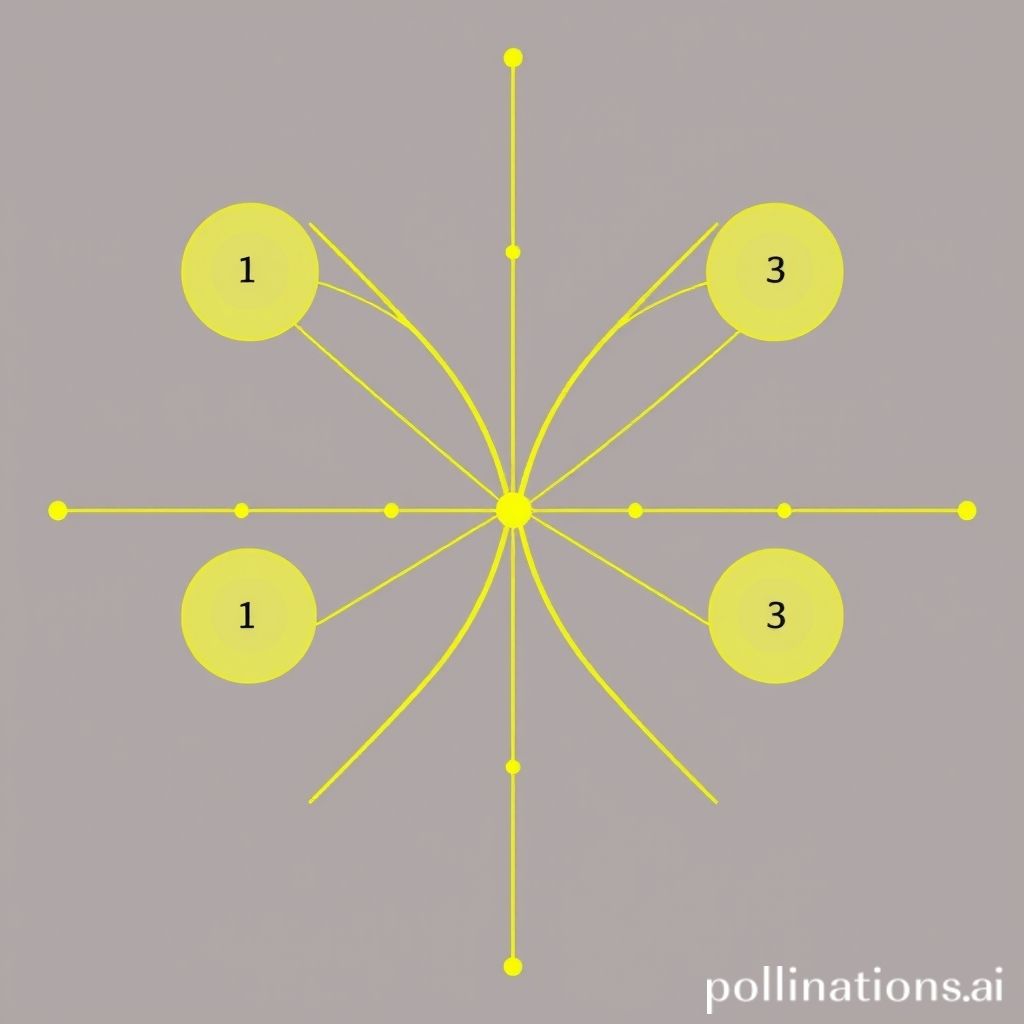
Summary
The paper presents an alternative implementation of the Grover search algorithm using a non-unitary gate, which can be approximated by a sum of unitary matrices. The algorithm's complexity is bounded by the complexity of the marking operator, and the implementation requires additional qubits.
Highlights
- Alternative implementation of the Grover search algorithm using a non-unitary gate.
- Non-unitary gate can be approximated by a sum of unitary matrices.
- Algorithm's complexity is bounded by the complexity of the marking operator.
- Implementation requires additional qubits.
- Simulation code is provided to demonstrate the algorithm's effectiveness.
- Non-unitary gate implementation may require iterative circuits, potentially negating complexity gains.
- Algorithm's success probability is affected by the number of qubits used in the ancilla.
Key Insights
- The alternative implementation of the Grover search algorithm using a non-unitary gate offers a new approach to quantum search, but its complexity is still bounded by the marking operator.
- Approximating the non-unitary gate using a sum of unitary matrices allows for implementation, but may introduce errors and reduce success probability.
- The algorithm's requirement for additional qubits increases the complexity of the implementation and may reduce the success probability.
- The simulation code provided demonstrates the algorithm's effectiveness, but further research is needed to optimize the implementation and minimize errors.
- The non-unitary gate implementation may require iterative circuits, which could negate the complexity gains of the algorithm.
- The algorithm's success probability is affected by the number of qubits used in the ancilla, highlighting the need for careful optimization.
- The research highlights the challenges and opportunities of implementing non-unitary gates in quantum algorithms, and the need for further research in this area.
Mindmap
Citation
Daskin, A. (2024). An alternative non-unitary implementation for the quantum search algorithm (Version 2). arXiv. https://doi.org/10.48550/ARXIV.2412.16514